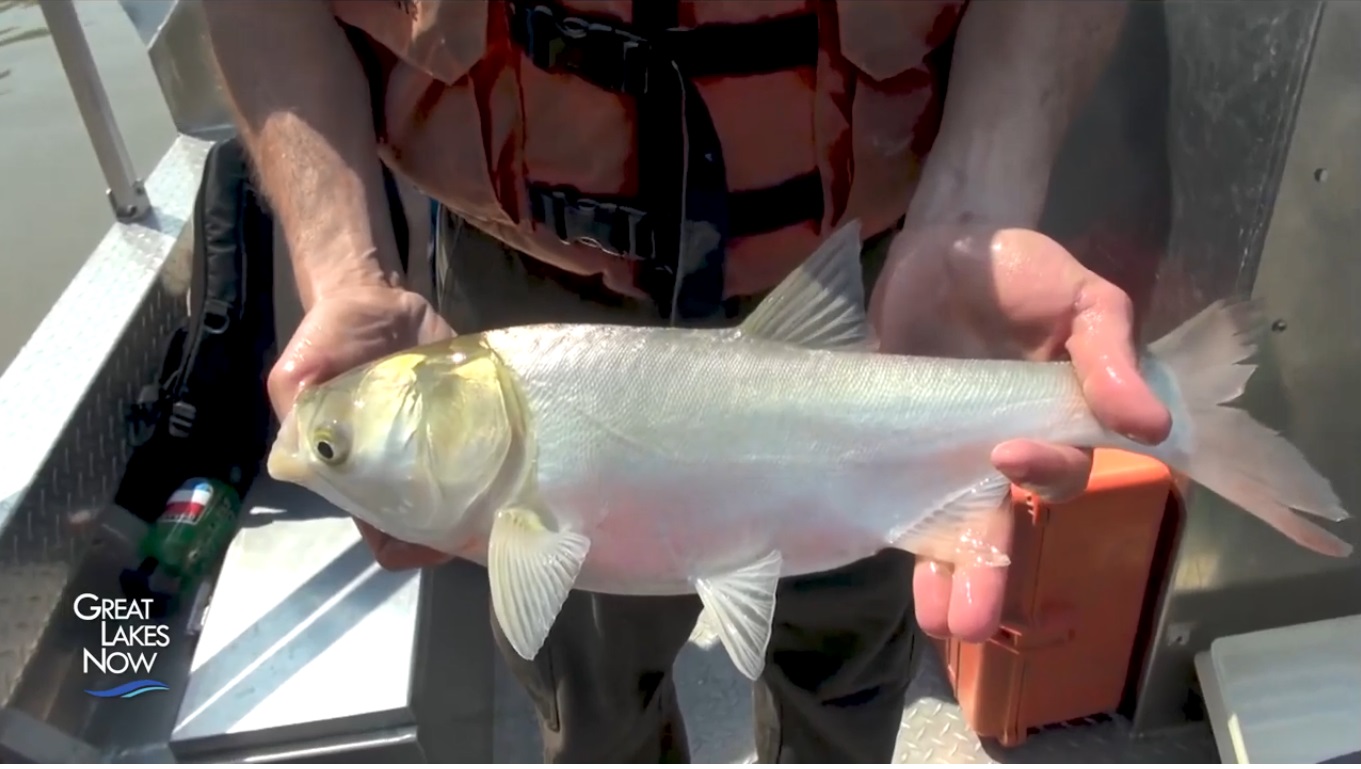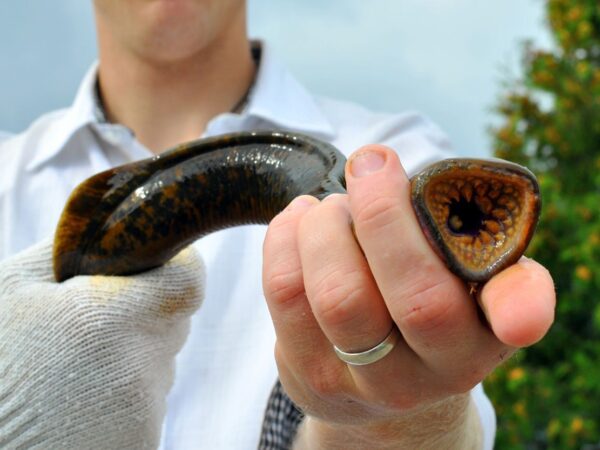
Spring in the Great Lakes region brings blooming tulips, pollinating bees, biting sunfish and the threat of spreading invasive species.
As residents head outdoors to freshen backyard ponds and launch fishing boats, state and provincial resource managers are urging everyone to keep a few simple guidelines in mind to keep the Great Lakes safe.
An invasive species is a plant, animal or micro-organism introduced outside its natural range, whose establishment or propagation “poses a threat for the environment, the economy or society,” as defined by the Quebec Ministry of Forests, Wildlife and Parks.
Each Great Lakes state and province has made its own efforts toward preventing the spread of invasive species.
Whether gardening, vacationing or hiking, the Ontario Ministry of Natural Resources and Forestry offers a series of action plans to reduce the spread of invasive species, including the suggestion that gardeners avoid relocating plants from their home gardens to their cottages.
Invasion species cost the Great Lakes region millions of dollars each year in control measures, according to the Illinois DNR.
Watch Great Lakes Now‘s monthly show segment on invasive Asian carp and the Illinois DNR’s efforts to fight the threat:
API key not valid. Please pass a valid API key.Exotic plants and aquatic species that appeal to aquarists and pond owners present a particular risk to the Great Lakes. These species are often bred to be hardy and reproduce rapidly, according to the Michigan Department of Agriculture and Rural Development.
Michigan is addressing the issue of unwanted aquarium pets and escapees from flooded backyard ponds with a new awareness campaign titled RIPPLE, or Reduce Invasive Pet and Plant Escapees. The campaign aims to educate consumers and retailers about proper containment and disposal methods for plants and animals associated with the pond and pet store industries.
Michigan also requires all sellers of live non-native aquatic species to register with the state. This regulation applies to wholesale and retail businesses, hobbyists, nurseries and garden centers. A complete list of registration and annual reporting guidelines can be found online on the Michigan DNR website.
The New York State Department of Environmental Conservation established the Partnerships for Regional Invasive Species Management, or PRISM, program to coordinate recruiting and training of citizen volunteers, identifying and delivering education and outreach, establishing early detection and monitoring networks, and implementing direct eradication and control efforts.
New York adopted an Invasive Species Comprehensive Management Plan in 2018. The overarching goal of the plan is to minimize the introduction, establishment and spread of invasive species through educational and outreach programs.
The Minnesota DNR has an extensive website devoted to invasive species. The state’s invasive species page includes an identification guide organized by species to help residents recognize and properly identify various invasives.
The Indiana DNR offers a list of rules for the legal possession of invasive species.
The Indiana and Wisconsin DNR, the Quebec Ministry of Forests, Wildlife and Parks and Pennsylvania Department of Conservation and Natural Resources are cautioning residents to be on the lookout for hitchhikers.
“Boats, motors, and trailers have ideal hiding spots where species may attach, and be transported to new locations,” Pennsylvania DCNR Secretary Cindy Adams Dunn said in a press release on a state program started last year. “Boaters must be involved in helping us protect state park waters from invaders, to benefit our environment and avoid very costly measures to treat lakes once these non-native species take hold.”
Watch Great Lakes Now‘s monthly show segment on invasive zebra mussels:
API key not valid. Please pass a valid API key.The “Stop Aquatic Hitchhikers” campaign is a national program targeting recreational water users. Recreational activities such as boating, angling, waterfowl hunting and diving can all contribute to the spread of invasive species.
The “Stop Aquatic Hitchhikers” campaign offers three steps to prevent the transport of aquatic invasive species: Clean, Drain, Dry boats, equipment, apparel and devices.
While the outreach focus and guidelines for invasive species vary by state, there is one unifying theme across the basin: From gardeners stocking backyard ponds to sportsmen fly-fishing shady riverbanks, everyone can help to prevent the spread of invasive species in the Great Lakes.
Catch up on Great Lakes Now‘s other coverage of invasive species in the Great Lakes:
Invasive grass carp found in Lake Huron tributary river
Mercury Levels Maintained: Invasive mussels keep mercury levels high in Great Lakes fish
Michigan awards $3.6 million for invasive species project
Featured image: A man holds out a silver carp, one of the invasive Asian carp species threatening the Great Lakes.




